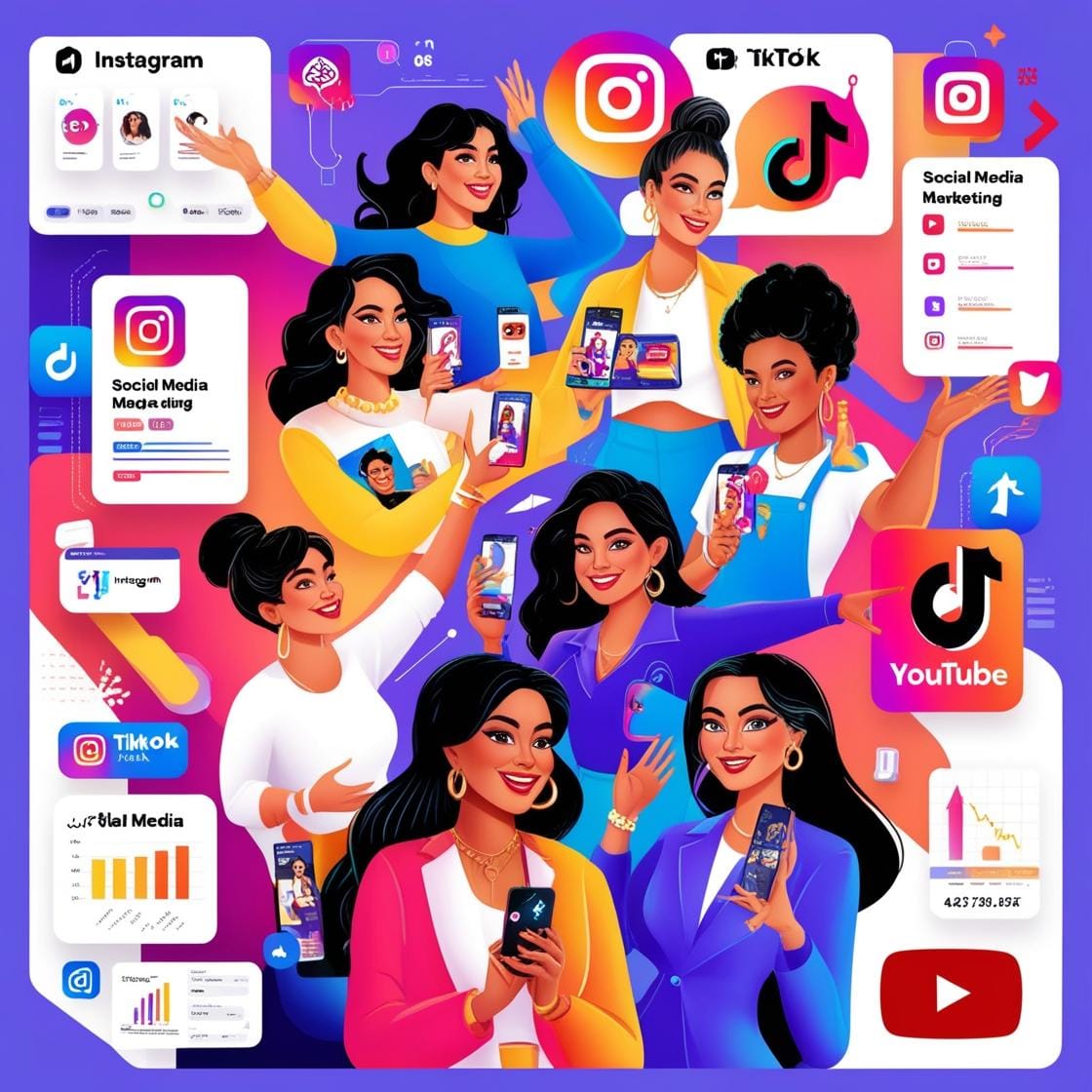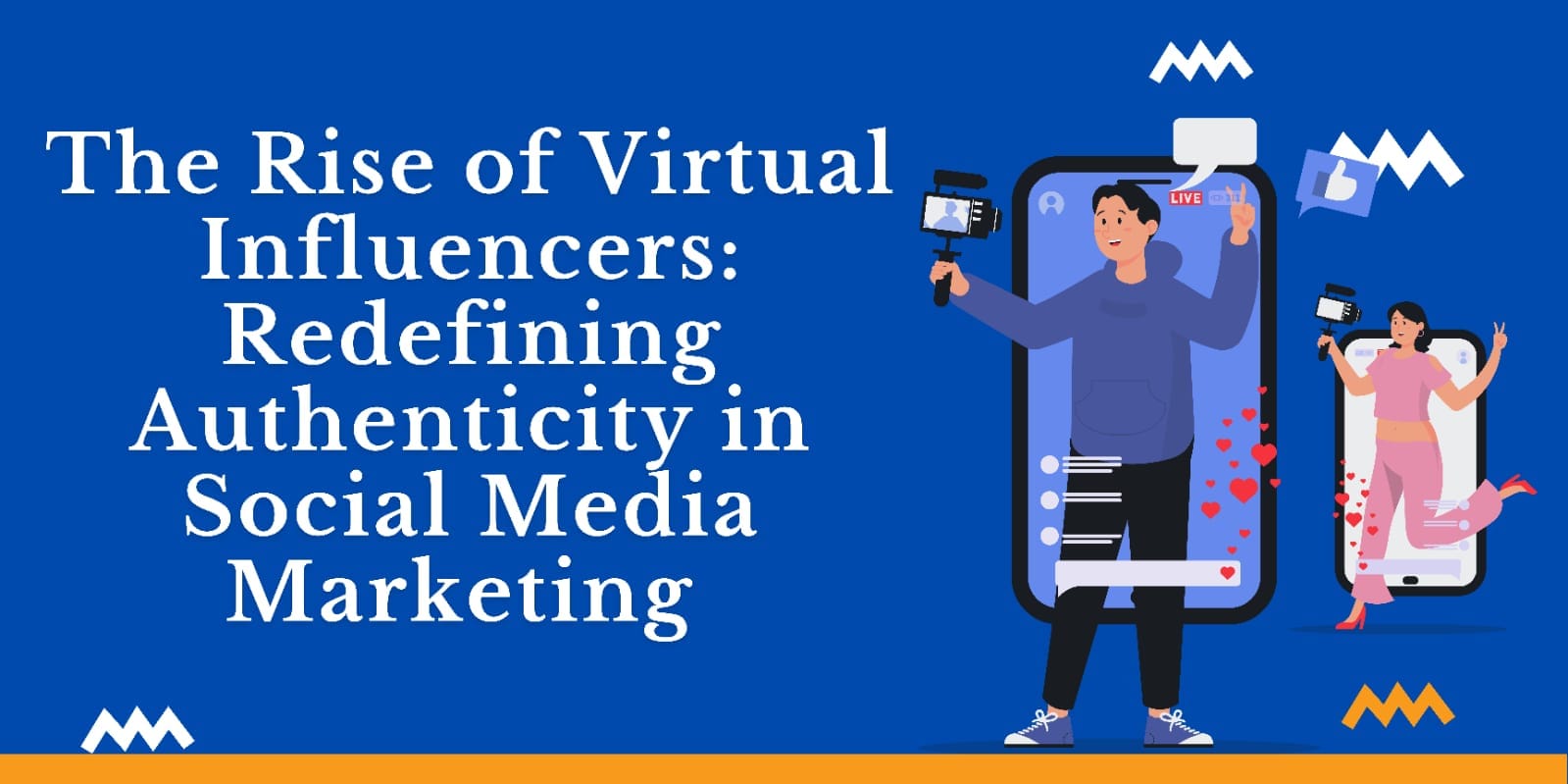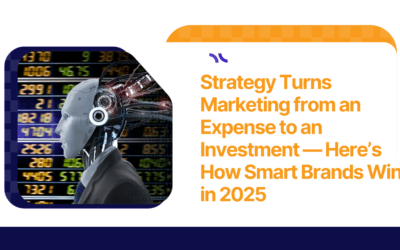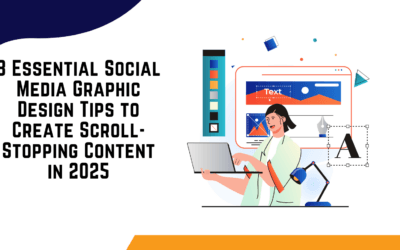Table of Contents
Introduction
The rise of virtual influencers is transforming the digital marketing world, reshaping social media marketing, and challenging traditional influencer strategies. These AI-generated personalities are revolutionizing brand engagement by offering a controlled, scandal-free, and cost-effective alternative to human influencers.
But are they truly authentic? Do they enhance brand credibility or blur the lines between reality and artificial engagement? In this blog, we’ll explore the impact of famous virtual influencers, their role in shaping the future of virtual reality, and how businesses can leverage AI-powered influencers for long-term marketing success.

What Are Virtual Influencers?
A virtual influencer creator uses artificial intelligence (AI) and CGI technology to develop digital influencers who look and act like real people. These influencers interact with their audiences on platforms like Instagram, TikTok, and YouTube, endorsing products, engaging in brand collaborations, and building loyal fanbases.
Some of the most famous virtual influencers include:
- Lil Miquela (@lilmiquela) – A music artist and fashion influencer with over 2.5 million Instagram followers.
- Shudu Gram (@shudu.gram) – The world’s first digital supermodel, frequently featured in high-fashion campaigns.
- Noonoouri (@noonoouri) – A stylized AI influencer collaborating with luxury brands like Dior and Gucci.
These AI-powered influencers are gaining traction in the social media marketing industry, providing brands with an innovative and risk-free way to connect with audiences.
How Virtual Influencers Are Changing Social Media Marketing
✅Unlike human influencers, virtual influencers are entirely managed by brands. This allows for complete control over messaging, content, and public image—eliminating the risk of controversies.
✅ Partnering with famous virtual influencers can be more affordable than hiring real celebrities or social media stars. While there are upfront development costs, businesses can avoid ongoing influencer fees and unpredictable contract negotiations.
✅With the future of virtual reality advancing, brands can create fully immersive digital experiences, using virtual influencers to engage audiences in the metaverse, augmented reality (AR) campaigns, and interactive brand storytelling.
✅AI-powered virtual influencers analyze audience behavior and trends to deliver highly personalized content, maximizing engagement and increasing brand awareness.
✅As virtual influencers become more lifelike, questions about social media marketing authenticity arise. Brands must maintain transparency and ethical responsibility when using digital influencers to build consumer trust.
Virtual Influencers vs. Human Influencers: Which Is More Effective?
| Factors | Virtual Influencers | Human Influencers |
|---|---|---|
| Authenticity | AI-generated, lacks personal experiences | Relatable and emotionally engaging |
| Brand Control | Fully managed by brands | Unpredictable behavior |
| Cost |
| Cost-effective in the long run |
While virtual influencers provide full control, reliability, and innovation, human influencers bring emotional engagement and real-life authenticity. Brands should assess their goals before choosing the right influencer strategy.
The Future of Virtual Influencers in Social Media Marketing
With the rapid rise of virtual influencers, here’s what we can expect in the future:
1. AI-Powered Interactive Influencers: Advancements in AI will enable virtual influencers to engage in real-time conversations, enhancing personalized experiences for users.
2. Virtual Influencers in the Metaverse: As the future of virtual reality expands, these influencers will participate in digital fashion shows, virtual brand events, and NFT promotions.
3. Ethical & Authenticity Challenges: Brands must ensure transparency when using AI influencers, making it clear that these are digital personas, not real individuals.
If you want to see long-term success, don’t focus on just one – leverage the power of SEO and social media together for unstoppable growth.
The Rise of Virtual Influencers in Social Media Marketing
Final Thoughts
The rise of virtual influencers is redefining social media marketing, offering innovative opportunities for brands to engage with audiences. While they provide a unique alternative to human influencers, businesses must balance authenticity and AI-driven engagement to maintain consumer trust.
As the future of virtual reality evolves, virtual influencer creators will continue to refine AI-driven personalities, pushing the boundaries of digital marketing. Whether you choose human or AI influencers, the key to success lies in creating engaging, transparent, and impactful content.
Stay updated with SunBPO Solutions for the latest trends, insights, and strategies to keep your business ahead of the curve!
Frequently Asked Questions (FAQs)
Are virtual influencers more effective than human influencers?
Both have advantages. While virtual influencers provide full brand control and AI-driven engagement, human influencers offer emotional authenticity and real-life experiences.
What role will virtual influencers play in the future of virtual reality?
With the future of virtual reality expanding, virtual influencers will be key players in the metaverse, immersive brand experiences, and AI-driven customer interactions.
Who are some of the most famous virtual influencers?
Popular famous virtual influencers include Lil Miquela, Shudu Gram, and Noonoouri—each known for their unique style and collaborations with global brands.





0 Comments